In today’s world, access to clean water is a basic necessity. However, many remote areas lack electricity infrastructure, making it challenging to implement conventional water pumping systems. Fortunately, an innovative solution exists – uphill water pumps without electricity. In this article, we will explore how such systems work, the benefits they bring, and their potential applications. 1. Understanding Uphill Water Pump Systems: Uphill water pumps are designed to overcome the constraint of a lack of electricity. These systems make use of gravity and hydraulic principles to move water uphill. They consist of three key components: a water source, a pump mechanism, and a storage tank at a higher elevation. The pump mechanism, driven by hydraulic pressure, pushes water from the lower source to the upper storage tank. 2. How Do Uphill Water Pumps Work?: The operation of uphill water pumps relies on the difference in elevation between the water source and storage tank.

.
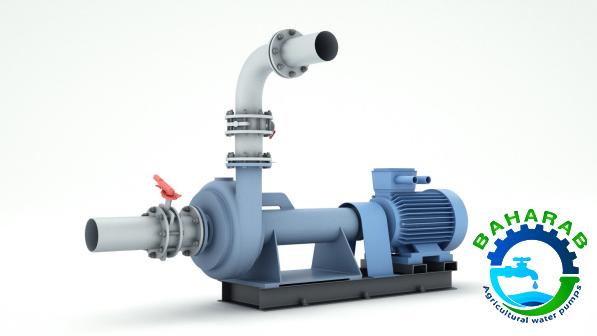 The pump mechanism is often powered by geological and topographical features such as a natural slope or the ground’s contour. With this setup, the gravitational force assists in moving the water uphill, eliminating the need for electricity. 3. Advantages of Uphill Water Pumps: a. Cost-effective: Uphill water pumps require minimal investment compared to electrically powered ones. They don’t rely on electricity, thus eliminating operational costs associated with power consumption. b. Energy-efficient and eco-friendly: These systems run solely on gravity and hydraulic pressure, reducing the reliance on fossil fuels or non-renewable energy sources. This makes them more sustainable and environmentally friendly. c. Reliable and low-maintenance: Unlike electric pumps, uphill water pumps have fewer mechanical parts, resulting in reduced chances of breakdowns. They are also simpler to install and maintain, making them an ideal choice for remote or inaccessible regions.
The pump mechanism is often powered by geological and topographical features such as a natural slope or the ground’s contour. With this setup, the gravitational force assists in moving the water uphill, eliminating the need for electricity. 3. Advantages of Uphill Water Pumps: a. Cost-effective: Uphill water pumps require minimal investment compared to electrically powered ones. They don’t rely on electricity, thus eliminating operational costs associated with power consumption. b. Energy-efficient and eco-friendly: These systems run solely on gravity and hydraulic pressure, reducing the reliance on fossil fuels or non-renewable energy sources. This makes them more sustainable and environmentally friendly. c. Reliable and low-maintenance: Unlike electric pumps, uphill water pumps have fewer mechanical parts, resulting in reduced chances of breakdowns. They are also simpler to install and maintain, making them an ideal choice for remote or inaccessible regions.
..
 4. Applications: a. Agricultural purposes: Uphill water pumps enable farmers in off-grid areas to irrigate their fields without the need for electric-powered pumps. This promotes sustainable farming practices and food security in remote areas. b. Community water supply: Uphill water pumps can be used to transport and store water from natural sources, such as rivers or lakes, to tanks located in higher elevation areas. This ensures a reliable and readily available water supply for communities without electricity. c. Humanitarian efforts: In disaster-stricken areas or refugee camps with limited access to electricity, uphill water pumps can be deployed quickly to provide clean water for drinking, cooking, and sanitation purposes. 5. Challenges and Considerations: a. Topography and geological features: Assessing the suitability of an area’s topography and geological conditions is crucial before implementing an uphill water pump system.
4. Applications: a. Agricultural purposes: Uphill water pumps enable farmers in off-grid areas to irrigate their fields without the need for electric-powered pumps. This promotes sustainable farming practices and food security in remote areas. b. Community water supply: Uphill water pumps can be used to transport and store water from natural sources, such as rivers or lakes, to tanks located in higher elevation areas. This ensures a reliable and readily available water supply for communities without electricity. c. Humanitarian efforts: In disaster-stricken areas or refugee camps with limited access to electricity, uphill water pumps can be deployed quickly to provide clean water for drinking, cooking, and sanitation purposes. 5. Challenges and Considerations: a. Topography and geological features: Assessing the suitability of an area’s topography and geological conditions is crucial before implementing an uphill water pump system.
…
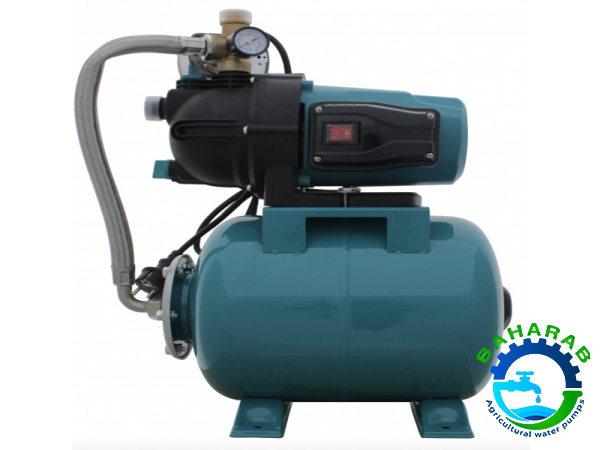 b. Water quality: Uphill water pumps are reliant on the availability of clean water sources, as they don’t have in-built filtration systems. Ensuring the water source is free from contaminants is essential. c. Capacity limitations: Depending on the design and implementation, uphill water pumps may have limitations in terms of the volume and distance they can transport water. Careful planning is necessary to meet the water demands of the intended applications. Conclusion: Uphill water pumps without electricity offer a sustainable and cost-effective solution to address water supply challenges in remote areas. With their reliance on gravity and hydraulic forces, these systems can provide a reliable and efficient source of clean water for communities, farming activities, and humanitarian efforts. By harnessing the power of nature, we can improve the accessibility and availability of water, even in off-grid locations.
b. Water quality: Uphill water pumps are reliant on the availability of clean water sources, as they don’t have in-built filtration systems. Ensuring the water source is free from contaminants is essential. c. Capacity limitations: Depending on the design and implementation, uphill water pumps may have limitations in terms of the volume and distance they can transport water. Careful planning is necessary to meet the water demands of the intended applications. Conclusion: Uphill water pumps without electricity offer a sustainable and cost-effective solution to address water supply challenges in remote areas. With their reliance on gravity and hydraulic forces, these systems can provide a reliable and efficient source of clean water for communities, farming activities, and humanitarian efforts. By harnessing the power of nature, we can improve the accessibility and availability of water, even in off-grid locations.





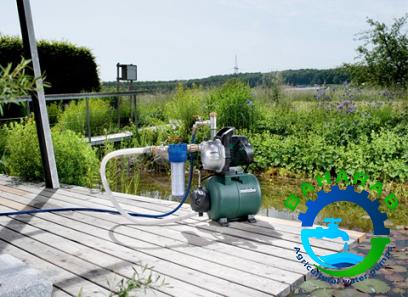
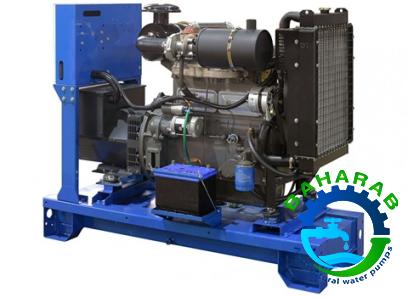


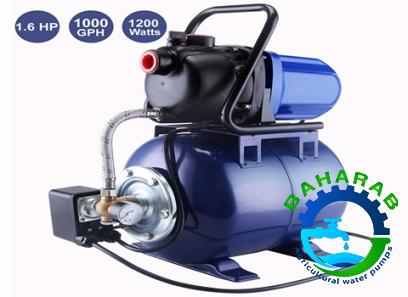
Your comment submitted.